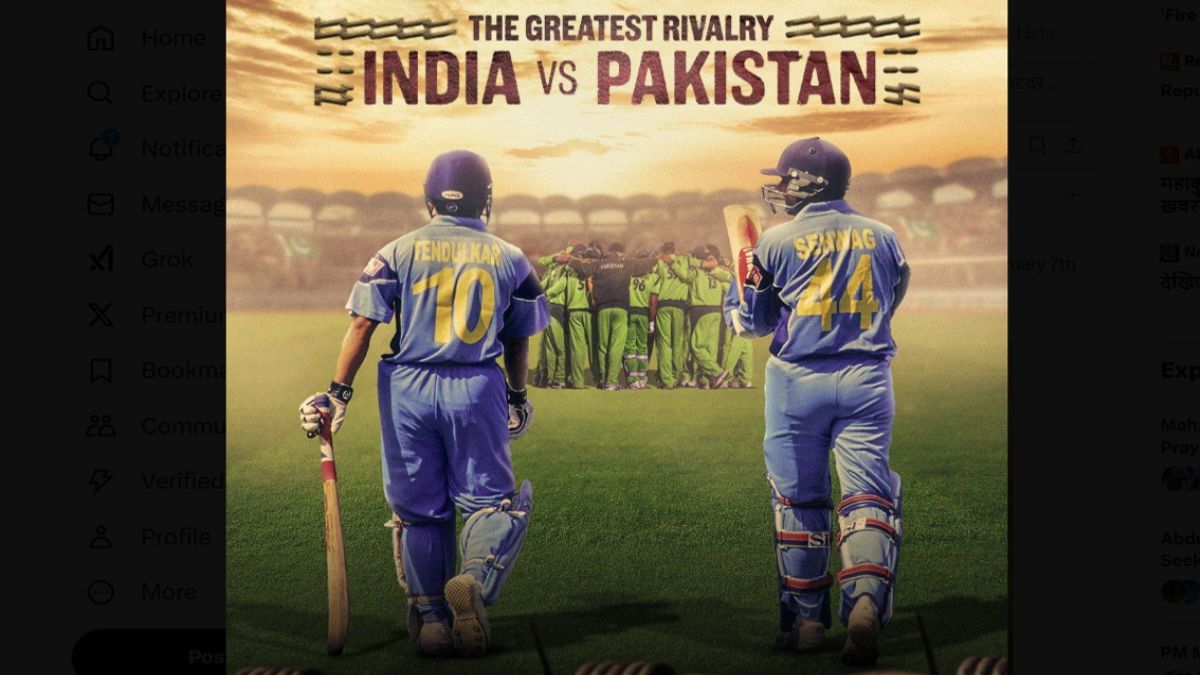In the grand theater of international sport, few rivalries command the global attention, the sheer emotional investment, and the profound geopolitical undertones quite like India versus Pakistan in cricket. It`s a spectacle that routinely transcends the boundary ropes, morphing from a mere game into a potent reflection of decades of complex history. Recently, the Asia Cup became the latest stage for this multifaceted drama, not just in terms of runs and wickets, but in a series of incidents that have ignited a fierce debate on the “spirit of the game.”
When the `Spirit of the Game` Meets Realpolitik
The essence of cricket, often dubbed the “gentleman`s game,” is steeped in fair play, mutual respect, and courteous conduct. Yet, when India and Pakistan clash, this idealized spirit often finds itself wrestling with the weight of national pride, historical grievances, and the fervent emotions of billions. Veteran politician and keen observer Shashi Tharoor recently articulated this inherent tension, suggesting that while the emotional fervor against Pakistan is understandable, the sanctity of the game demands a separation from military and political strife.
Tharoor`s argument isn`t without historical precedent. He recalled the 1999 World Cup, where Indian and Pakistani players shook hands and competed fiercely even as the Kargil War raged on their shared border.
“We were shaking their hands even then because the spirit of the game is a different spirit from what goes on between countries, between armies and so on,” he stated, highlighting a seemingly bygone era where a semblance of sporting neutrality was maintained amidst real-world conflict.
One might wonder if such a `gentlemanly` truce is still even a viable concept today, or if the digital age has simply amplified every slight and gesture beyond proportion.
Indeed, Tharoor`s observation about a “lack of sportsmanship on both sides” in the recent Asia Cup encounters resonates with the series of provocations and counter-provocations that marred the tournament.
A Gallery of Unsportsmanlike Gestures
The latest chapter of this rivalry saw a flurry of incidents, each carefully dissected and replayed across social media, escalating from minor breaches of etiquette to formal complaints.
It began with reports of Indian players opting out of the traditional handshake with their Pakistani counterparts – a gesture that, while seemingly small, speaks volumes in a sport valuing camaraderie. This set a precedent, arguably leading to a reciprocal cold shoulder and creating an atmosphere ripe for further transgressions.
Then came the more overt provocations:
- The Bat-Gun Salute: During Pakistan`s innings, opener Sahibzada Farhan, celebrating a half-century, mimed holding his bat like a gun. A “controversial fashion” indeed, as it was swiftly criticized for being insensitive and provocative, especially given the geopolitical context. One might assume athletes are briefed on such optics, but the heat of the moment, or perhaps a calculated defiance, sometimes overrides prudence.
- The `0-6` Taunt: Pacer Haris Rauf found himself at the center of another storm. After a dismissal, his aggression was noted, but it was his later gesture towards Indian spectators that truly inflamed passions. Lifting his fingers to indicate `0-6`, Rauf seemingly referenced an unsubstantiated Pakistani claim regarding downed Indian fighter jets. This move, a direct importation of military propaganda onto the cricket field, naturally drew widespread condemnation and viral online mockery, with fans chanting “Virat Kohli” – a potent reminder of Rauf`s past struggles against the Indian batting maestro. The irony of military claims being settled on a cricket pitch, even symbolically, is not lost on observers.
Unsurprisingly, these incidents prompted formal action. The Board of Control for Cricket in India (BCCI) lodged an official complaint with the International Cricket Council (ICC) and match referee Andy Pycroft, demanding “strict action” for conduct that “crossed the line of acceptable on-field behaviour.”
But the complaints were not one-sided. The Pakistan Cricket Board (PCB) had earlier filed its own grievances with the ICC against Indian captain Suryakumar Yadav, alleging that his comments following a September 14th match had made a “Pahalgam incident” political. The cycle of accusation and counter-accusation illustrates the precarious balance that governing bodies like the ICC must maintain in a rivalry so deeply intertwined with national identities.
The Unending Nexus of Sport and State
The Asia Cup`s “Super Four” encounters, which saw India decisively outperform Pakistan, leading to a likely final rematch, only amplify the emotional stakes. In a rivalry where “humiliation” becomes a headline, every gesture, every comment, every act of aggression or perceived slight is magnified.
This saga serves as a stark reminder: for some nations, sport is rarely “just sport.” It`s an arena where geopolitical tensions play out symbolically, where athletes become reluctant diplomats or unwitting provocateurs, and where the “spirit of the game” is perpetually challenged by the spirit of the state. The ideal of separating sport from politics remains an elusive goal, particularly when the nations involved share a history as complex and combustible as India and Pakistan. Perhaps, in their clashes, both on and off the field, we are simply witnessing the raw, unfiltered manifestation of an enduring rivalry that the “gentleman`s game” was never truly designed to contain.

